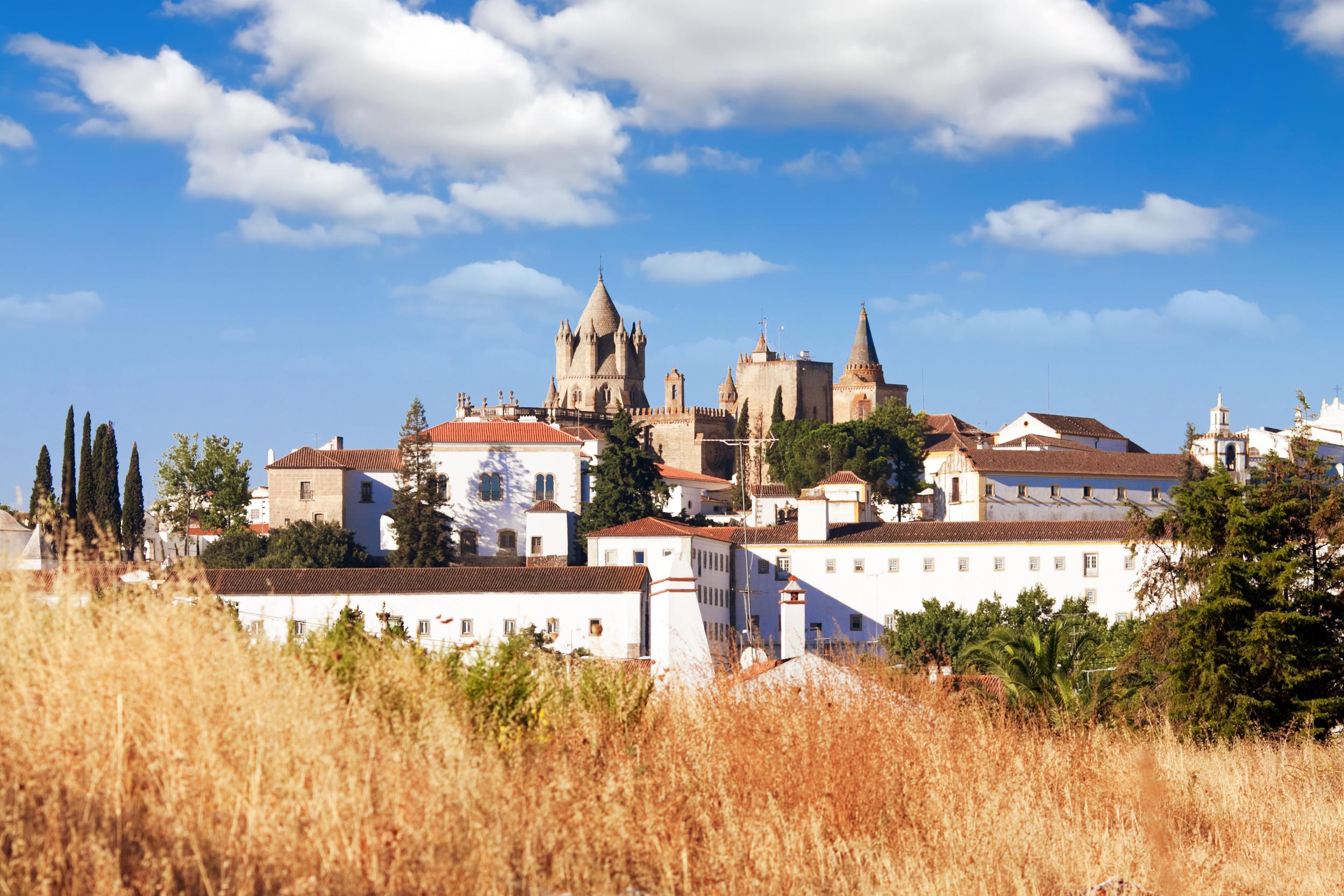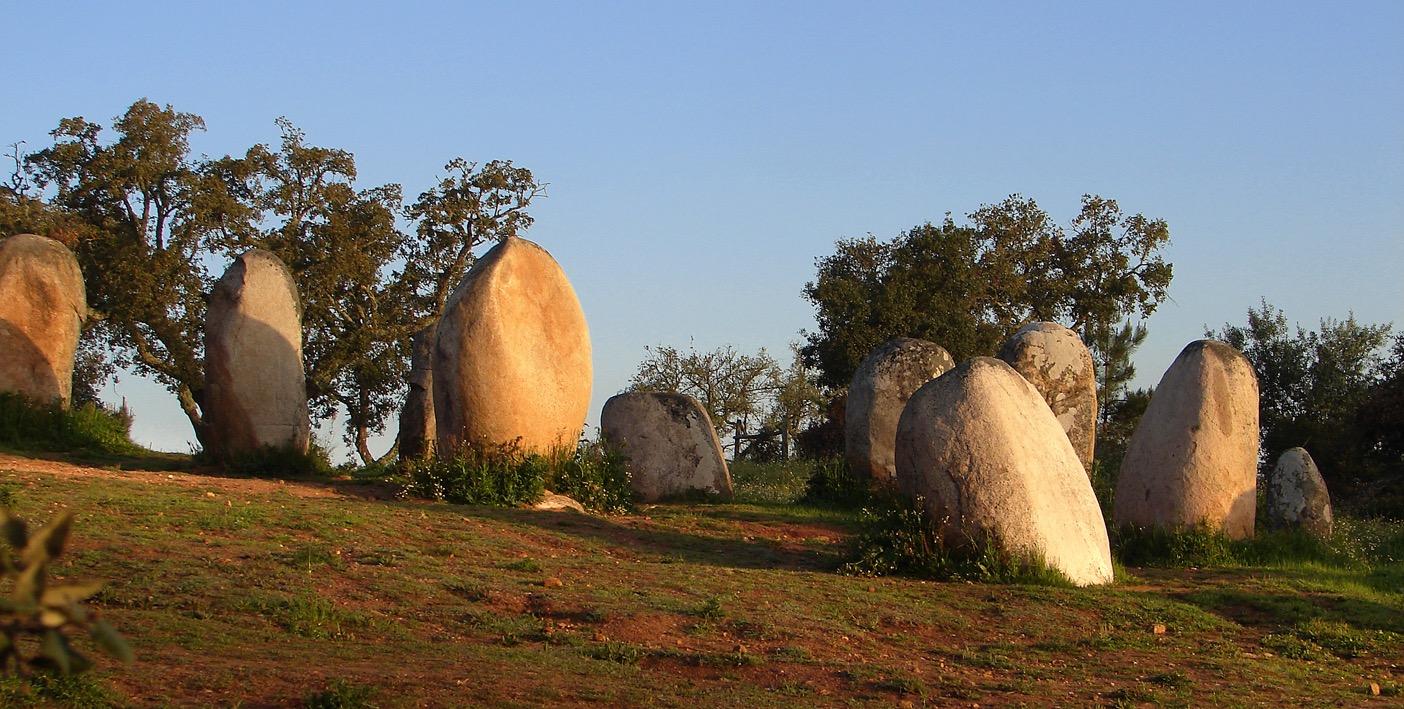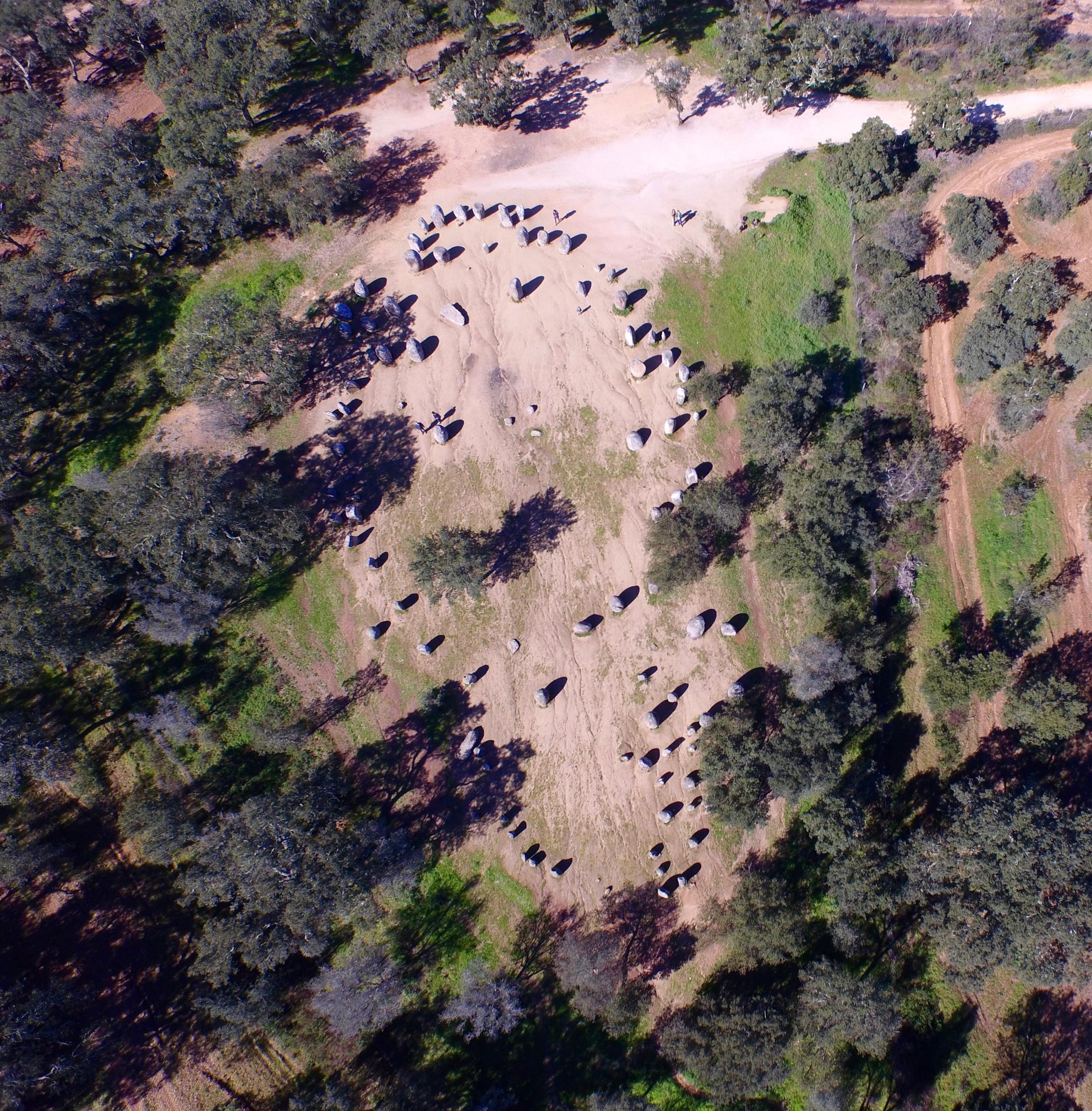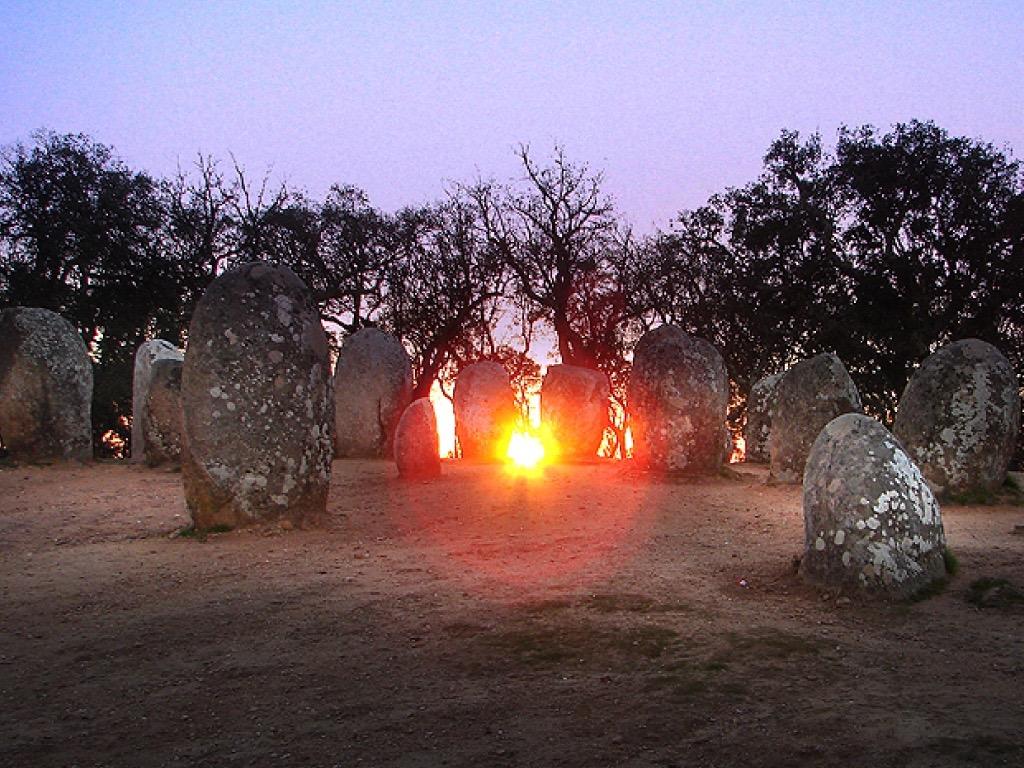The Independent's journalism is supported by our readers. When you purchase through links on our site, we may earn commission.
Midsummer monument: the sacred stones of Portugal's Stonehenge
Two thousand years older than the Wiltshire stone circle, the Cromlech of the Almendres is one of the largest megalithic sites in Europe – and it's perfectly positioned to celebrate the solstice

Your support helps us to tell the story
From reproductive rights to climate change to Big Tech, The Independent is on the ground when the story is developing. Whether it's investigating the financials of Elon Musk's pro-Trump PAC or producing our latest documentary, 'The A Word', which shines a light on the American women fighting for reproductive rights, we know how important it is to parse out the facts from the messaging.
At such a critical moment in US history, we need reporters on the ground. Your donation allows us to keep sending journalists to speak to both sides of the story.
The Independent is trusted by Americans across the entire political spectrum. And unlike many other quality news outlets, we choose not to lock Americans out of our reporting and analysis with paywalls. We believe quality journalism should be available to everyone, paid for by those who can afford it.
Your support makes all the difference.Evora is renowned for pork, cork and wine. It’s a Unesco World Heritage city with a Roman temple, a huge Gothic cathedral and a lovely old town of cobbled streets that tumble down a hill. But the capital of Alentejo, Portugal’s largest province, also sits among some of the most extensive and remarkable prehistoric remains in Europe. Not quite as spectacular as Stonehenge and Avebury, or Carnac, but almost.
The Cromlech of the Almendres is only 15km west of Evora, down a maze of unmade lanes in a forest of cork trees. In spring, the open fields that surround it are a carpet of wild flowers and on midsummer’s day, people come here to celebrate the solstice. It’s not on the scale of the New Age events at Stonehenge – there’s no visitor centre and no amenities, just a lovely feeling of being in a sacred grove of stones.

Almendres is the largest megalithic monument in the Iberian Peninsula and one of the oldest. There are about 90 huge, granite stones in what looks now like a sort of horseshoe, although originally it was probably a circle adjoining an ellipse. They are rounded and smooth, unlike the hewn stones of Stonehenge. Standing among them, you feel like you are in a corpulent crowd of granite friends, jostling to see something. The shapes are natural, weathered and softened by the elements, although several have decorations, which are difficult to make out without guidance.
I visited with archaeologist Mário Carvalho of Ebora Megalithica, who has a way of bringing the societies that created these monuments to life. Several of the carvings seem to depict a shepherd’s crook – a straight line topped with a curved hook. This was a society of sheep herders, as it still is today.
Almendres dates from around 5,000 BC – 2,000 years older than Stonehenge. It marks a crucial moment in human development, the transition from an itinerant hunter-gatherer society to a settled agricultural one. This is perhaps why the movement of the seasons became significant. Almendres is situated on a hill, but not on the top. It’s on the eastern slope so it faces the rising sun and is aligned to the spring and autumn equinox. When the days and night are equal lengths, the sun rises along the axis of the monument.

What makes its astronomical orientation even more certain is the presence of two vast outriding stones marking the summer and winter solstice. They are both still in situ, but now concealed among the the cork trees. From this hill, Almendres’ neolithic builders could have watched the sun rise over the left-hand monolith at midsummer and then see it move gradually, over six months, to rise over the right-hand, southerly, monolith at midwinter. At the equinox in spring and autumn, both the sun and moon would rise at the same point along the axis of the stones.
Carvalho thinks there were probably ceremonial events on these occasions or processions to the outlying stones. Today, a circuitous route, by road and then through cork and olive groves, leads to the summer solstice monolith which stands four and a half metres high. It too has a shepherd’s crook carved on one side, although when it was resurrected by archaeologist Henrique Leonor de Pina in the 1960s, he placed it the wrong way round so the carving faced west instead of east, like all the others.

Pina also “discovered” another celebrated monument nearby, the Dolmen of Zambujeiro. With its supporting, six-metre stones, it’s the biggest in the world. But to reveal it, Pina had to clear the mound that covered it and dynamite the enormous capstone. Now, despite a ramshackle cover, the elements are destroying it.
Like the dolmens in the UK, Zambujeiro was a burial place. It dates from about 2,000 years after Almendres and, as Carvalho explains, suggests a very different sort of society. At Almendres there were no burials; it seems to have been a purely ceremonial and astronomical site. Zambujeiro, on the other hand, contained the remains of 15 related people – probably the rulers of that society. With its stones even more looming than Almendres, and most likely hewn, it must have taken enormous labour on behalf of those buried inside. It suggests an elite group ruling over a large population.
Despite the corrugated iron cover, Zambujeiro is still an impressive construction which has survived 5,000 years. It’s roughly contemporary with Stonehenge. There are six standing stones placed tightly in a ring and the capstone – now broken nearby – would have sat on top. There’s also a stone-lined passageway leading to the burial chamber. But the crumbling structure urgently needs to be stabilised to prevent its collapse.
Cremations and burials have been found at Stonehenge – the “Stonehenge Archer” and “Boscombe Bowmen”, discovered close to the Wiltshire monument, were buried with flint arrowheads. But something much more remarkable was found at Zambujeiro. Every one of the 15 bodies unearthed had a small breastplate made of slate-like schist. Each one is decorated with shaded triangles, zig zag lines, or herringbone patterns, with a hole at the top so it could be worn as a pendant. These and other finds are on display in the Evora museum and looking at these artworks impresses upon you the fact that each of these people was an individual. The immense stones in the landscape and the delicate incisions on these plaques vividly connects you to these people of 5,000 years ago.
Travel essentials
Getting there
The gateway is Lisbon, served by TAP Portugal (0845 601 0932; flytap.com), easyJet (0843 104 5000; easyjet.com), Ryanair (0871 246 0000; ryanair.com) BA (0844 493 0787; ba.com) and Monarch (0333 003 0700; monarch.co.uk). Evora is around 90 minutes away by bus (rede-expressos.pt; hourly) or train (cp.pt; four services per day).
Visiting there
Ebora Megalithica runs four-hour trips from Evora, led by Mário Carvalho, costing €25 per person (00 351 964 808 337; eboramegalithica.com).
More information
Join our commenting forum
Join thought-provoking conversations, follow other Independent readers and see their replies
Comments